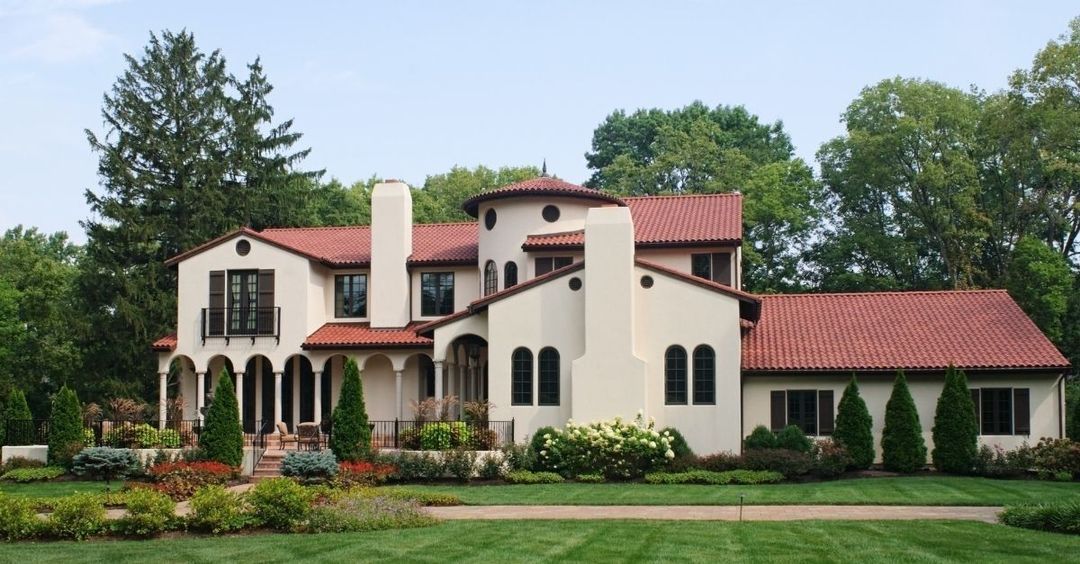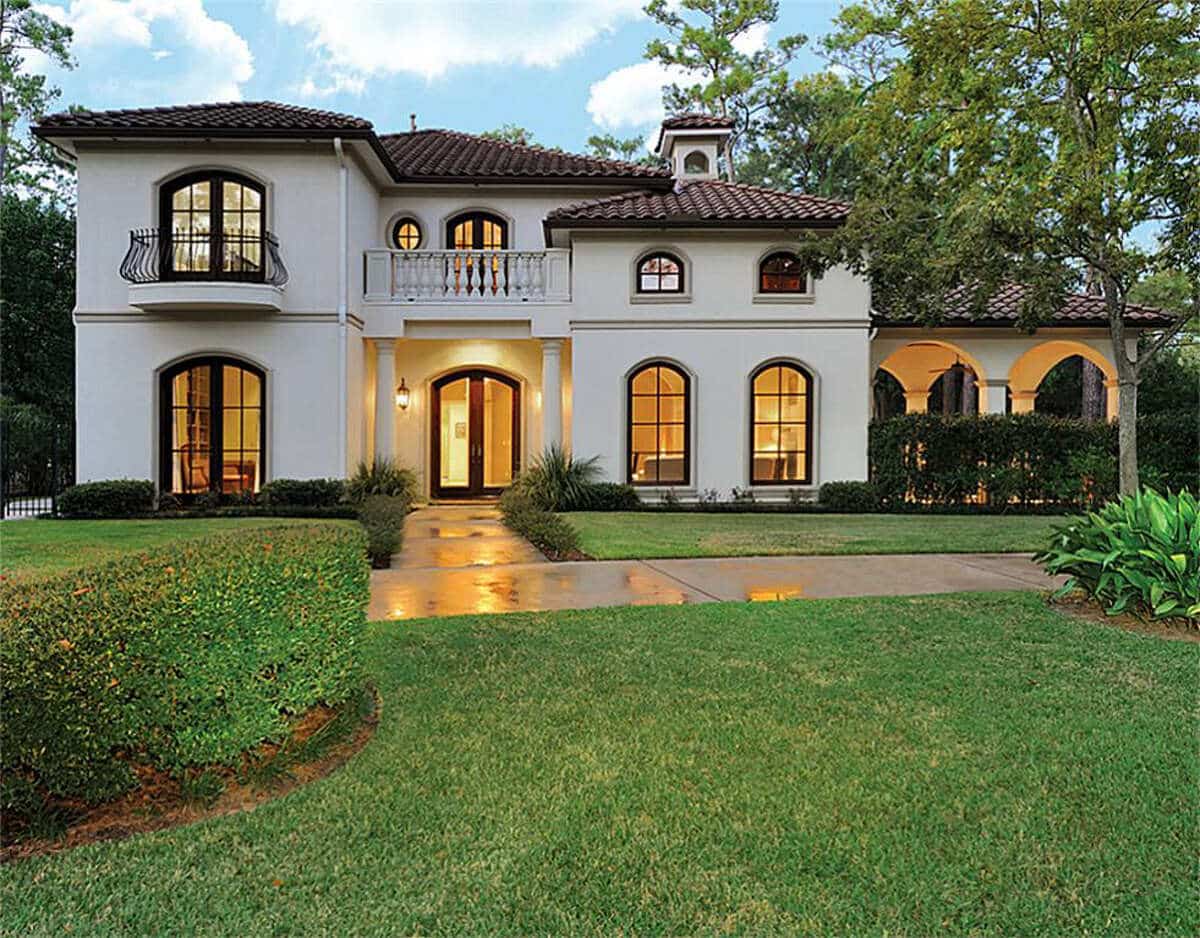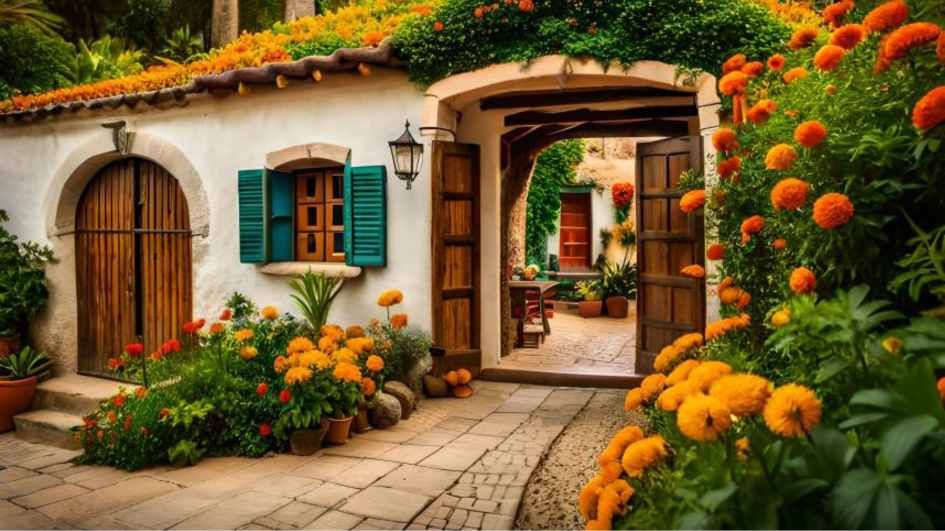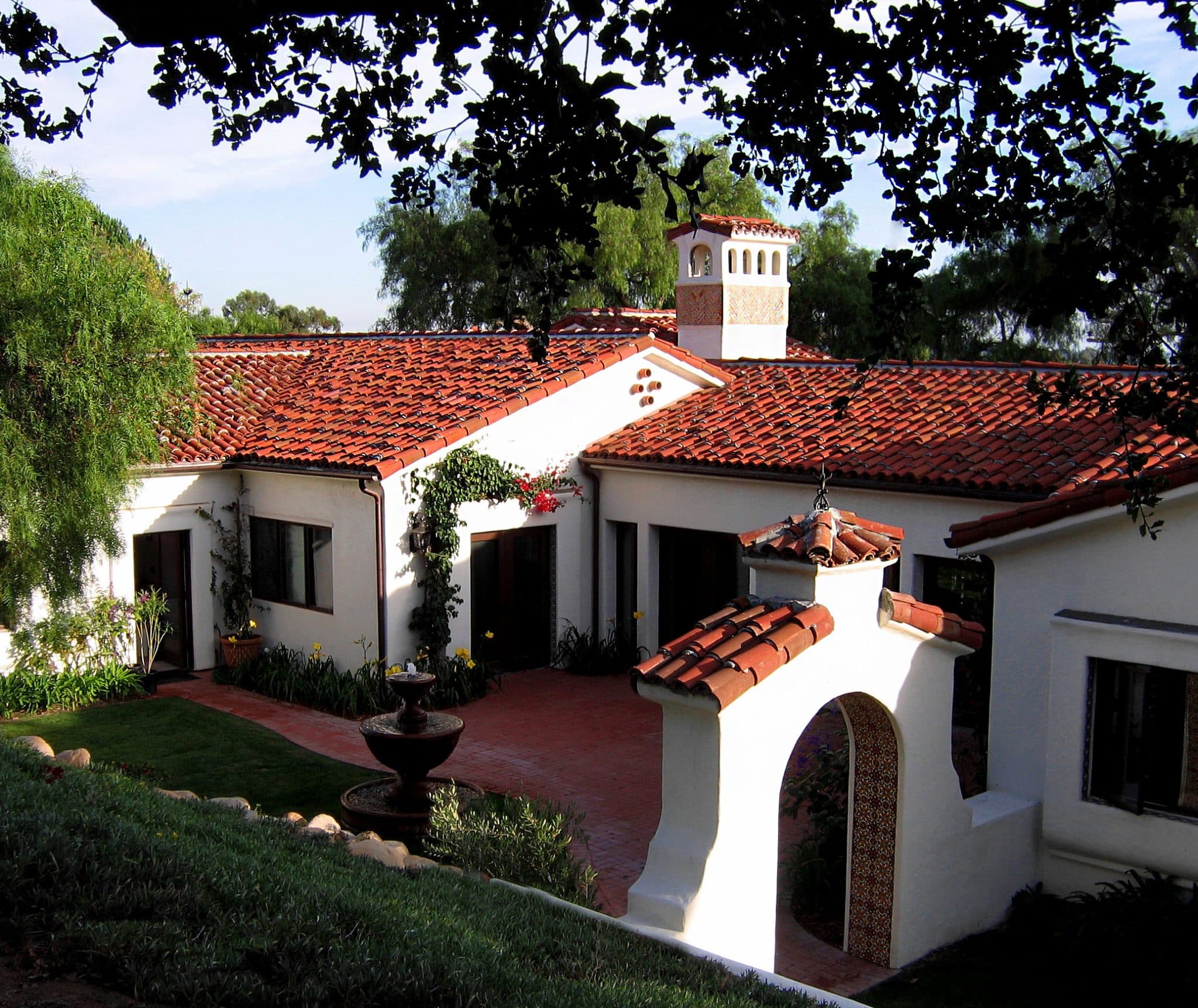What are Spanish-Style Homes
Spanish style homes, known for their inviting attraction. They have a long and interesting history that spans many years. These unique homes are also called Spanish Revival or Mediterranean Revival. Taking inspiration from the architectural traditions of Spain and the Mediterranean region. We’ll see the story behind Spanish-style designs.
The beginnings of Spanish-style architecture can be traced back to the early 20th century in the United States. During this time, there was a growing fascination with Spanish culture, art, and design. Spanish-style homes became very popular, especially in places with warm weather. Their designs create a beautiful blend of form and function.
We’ll see the origin of Spanish-style homes, and we’ll learn about how various architectural movements influenced them and how they’ve changed over time.
So, let’s check what makes Spanish-style homes different from others.
What are Spanish-Style Homes?

Spanish-style homes, also called Spanish Revival or Mediterranean Revival homes, have a unique architectural way known for their classic attraction. These homes take inspiration from the building methods of Spain. Especially those in the Mediterranean region, which are a famous part of American architectural history. They have stucco walls, red-tiled roofs, and wrought-iron details, which give them a warm appearance. Spanish-style homes often have curved doorways, decorative tiles, and beautiful gardens in the courtyard, making them feel peaceful.
The Origins of Spanish Home Design
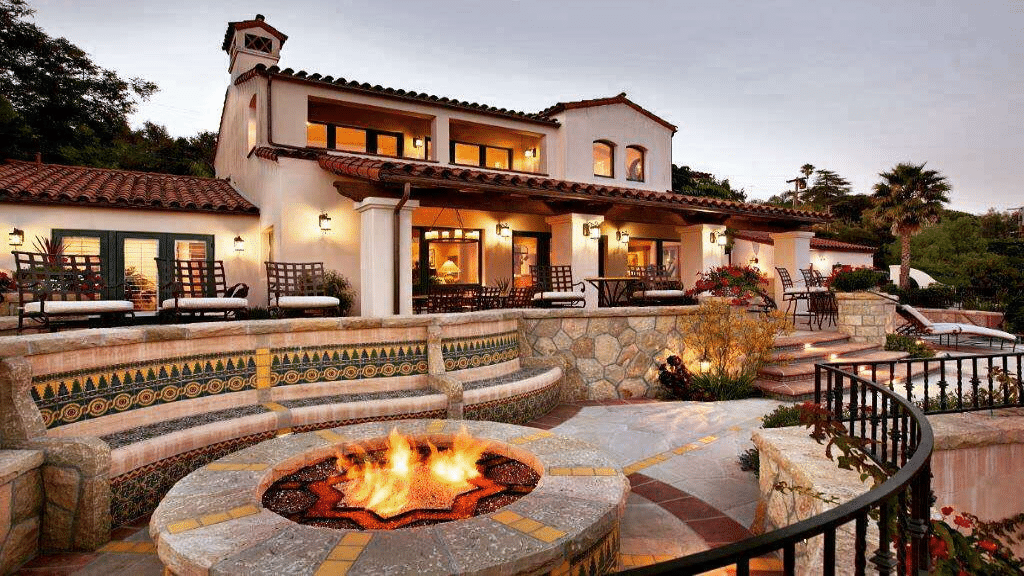
The design of Spanish-style homes in the United States originated in the early 20th century. Architects and builders drew inspiration from the beautiful architecture of Spain. Andalusia and the Moorish technique influence it. This design became popular during the California Exposition of 1915 in San Diego when it was showcased and captured the interest of many people.
The Spanish Colonial Revival movement, which started in the late 19th century, played an important role in shaping Spanish-style homes. Architects like Bertram Goodhue and George Washington Smith made this technique popular by including elements from Spanish missions, haciendas, and Moorish architecture in their designs.
Spanish-Style Homes Construction

Spanish-style homes are built with certain features to capture the essence of Spanish architecture. They use stucco, a mix of cement, sand, and lime, on the outside walls to give them a textured and earthy look. This stucco not only keeps the home insulated but also makes it look nice. Another important feature is the red-tiled roof, made of durable clay tiles that give these homes their unique appearance.
Often, wooden beams or decorative wrought-iron elements are added to improve the design.
What Makes a Spanish-Style Home Different?
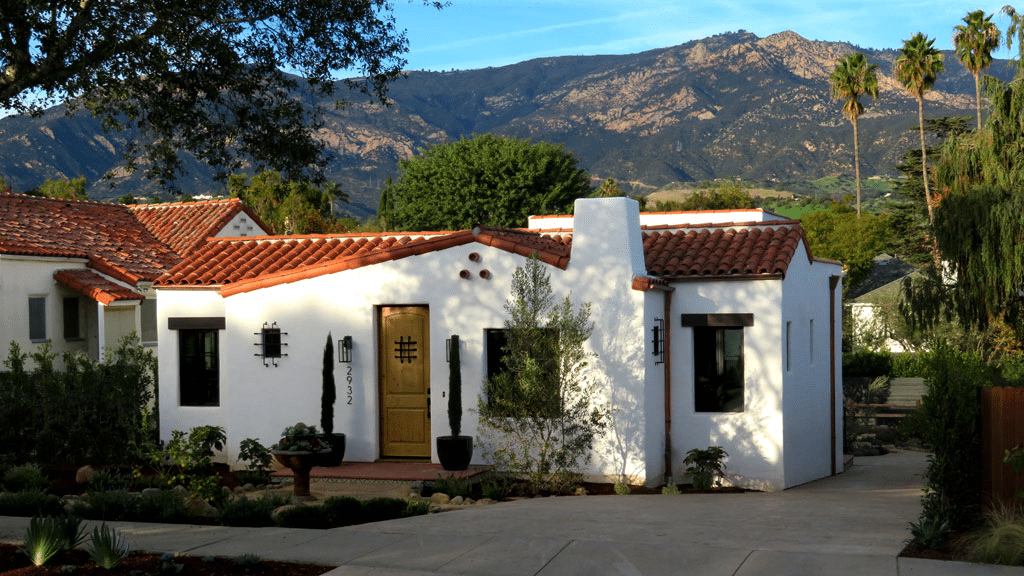
Spanish-style homes are famous for their unique architectural characteristics that take you away to the Mediterranean. Let’s find the essential elements that define a Spanish-style home.
1. Terracotta Roofs
Spanish-style homes are known for their different terracotta or clay-tiled roofs. These special tiles are not just tough. They also bring an earthy shade to the outside appearance of the house. They’re not just there for looks. These terracotta tiles help keep the inside of the house cool, and they fit perfectly with the Mediterranean manner of the home.
2. Use of Arches
Arches are a key design element in Spanish-style houses. They are curved openings, such as doorways and windows, that make the house look stylish and connected inside and outside. These arches create a romantic environment in the home.
3. Pastel Exterior Colors
Spanish-style homes often feature an attractive range of gentle and welcoming pastel colors on their outer surfaces. These colors include creamy whites, soft yellows, warm terracottas, and calming blues. They remind you of the sunny Mediterranean scenery, making you feel peaceful.
4. Exterior Stucco Walls
Stucco is a characteristic of Spanish-style houses. It’s a special coating for the outside walls, made by mixing cement, sand, and lime. This coating isn’t just plain. It has a textured look that makes the house more interesting to look at and also helps keep it warm or cool inside. You can leave the stucco as it is or paint it with those soft, Mediterranean-style colors to make the house even more delightful.
5. Courtyards
Courtyards play an important role in Spanish-style houses, contributing to their usefulness. These outdoor areas are usually surrounded by the house’s walls, making a private spot. Courtyards are decorated with lively tiles and bright plants and often have a central fountain. They offer a peaceful place for socializing and dining outdoors. Having a courtyard makes the home feel more Mediterranean and encourages spending time both inside and outside.
Could a Spanish Home Plan Be Perfect for You?

Spanish-style homes are a great option for people who love classic, everlasting architecture and a welcoming environment. They work especially well in places with nice, warm weather because they’re designed for enjoying both the inside and outside of your home. If you want a house with special features, think about getting a Spanish-style home plan. These homes have a historic and stylish vibe that lots of people find attractive. And if you are planning to move to a Spanish-style home, do make sure to check out reviews of different movers or vehicle shipping companies (like this one) to really understand your full budget.
Conclusion
Spanish-style homes have a delightful history that goes back centuries. They originated in Spain in the 16th century, borrowing design ideas from various cultures, such as the Moors and Romans, to cope with the Mediterranean climate. When Spanish settlers traveled to the Americas, they brought this architectural manner with them.
This led to the popularity of Spanish-style homes, also known as Spanish Colonial, in places like California, Florida, and the Southwest United States. Spanish-style homes adapted to local influences. Creating unique variations in different regions.
The history of Spanish-style homes is a story of culture, making them a treasured part of architectural heritage.




